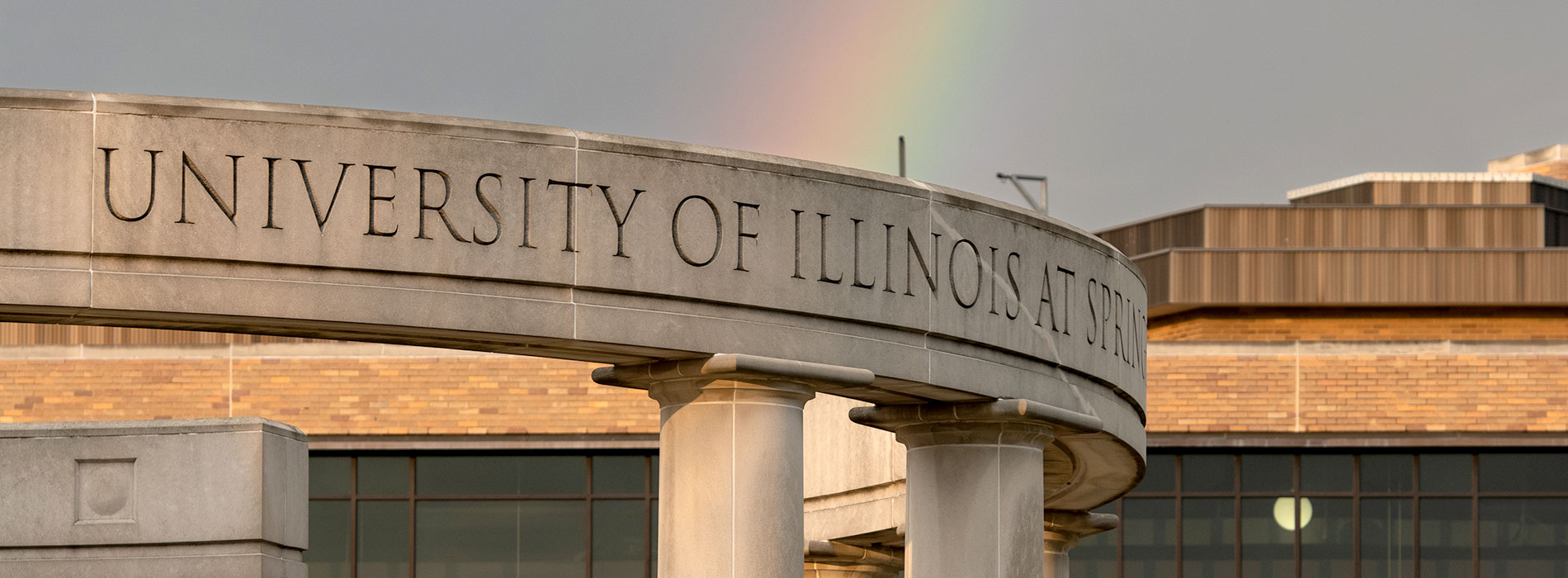Every piece of academic writing needs an acceptable, solid title. Although dealing with a title might not seem a complex task at first, think again! The title is extremely important, and probably the most significant technique to initially catch the reader’s attention. An irrelevant or dull title could annoy your teacher immediately upon opening your work, so it is paramount for you as the writer to think of an effective name. This handout will talk about titles in both creative and technical contexts.
Titles for Creative or English Contexts
In creative or English contexts, many professors express their desire to see a creative title. By using puns, alliteration, allusions, or even some comedy, you could attract readers that otherwise would never think of reading your material.
In an essay that analyzes current student financial aid and map grants:
“Illinois Students, Nowhere on the MAP”
For an essay about U.S. marshals:
“Marshal Arts and the Discipline Behind Them”
Tip: Do not be afraid to make your own puns.
The following title for an essay talking about a meaningful life experience playing with both sounds and words.
“Hyphens in Smart-Phones are no Fun: Limitations in Texting”
Tip: Get creative by all means. Rhymes, near rhymes and alliteration are all welcome.
Titles for the Hard or Social Sciences
Naming your research paper in the hard sciences or the social sciences can get a little more complicated. Keep the following things in mind for titles in these disciplines:
- Although formality in these disciplines is usually the norm, it is becoming more common now to include puns, alliteration, and even some humor in these types of titles.
- A title is similar to a thesis statement in many ways. You need to capture the essence of the work in a few words, and at the same time capture the attention of the reader.
- Some experts recommend titles should be concise, and no longer than a dozen words. By getting wordy in your title, readers might become easily confused and sidetracked, and with little possibility of comprehending the real scope of your work.
- Use active verbs instead of passive; titles need to sound alive and magnetic.
- It is recommended to include a subtitle after a title, which is the second part to a title preceded by a colon. In this manner, you can include a descriptive phrase that more precisely describes the achievements or findings of your study.
In this title, it is evident that the history paper it was made for vividly describes city remains after that fateful explosion:
“Hiroshima: A Story Told by Charred Remains”
Tip: The Use of a colon to announce a subtitle is a widespread practice in academia.
Tip: Be as concise as possible in your title, without sacrificing the scope of your work.
The following title depicts the results of an experiment: “Sour Mangoes: Manipulating Specific Genes for Sweetness”
Tip: Remember to capitalize the first word of the subtitle (the one after the colon).
For a class in psychology, the title immediately tells us that Sigmund Freud had intellectual problems to fend off with some peers:
“Sigmund Freud: Overcoming Scientific Bullying in Victorian Society”
Note:
All of the titles above meet the criteria at the top of the page. By following the above tips, your professors and readers will be more eager to devour your materials, enticed immediately by their first line. Play around with the next paper you write to give your writing a solid, engaging title!


